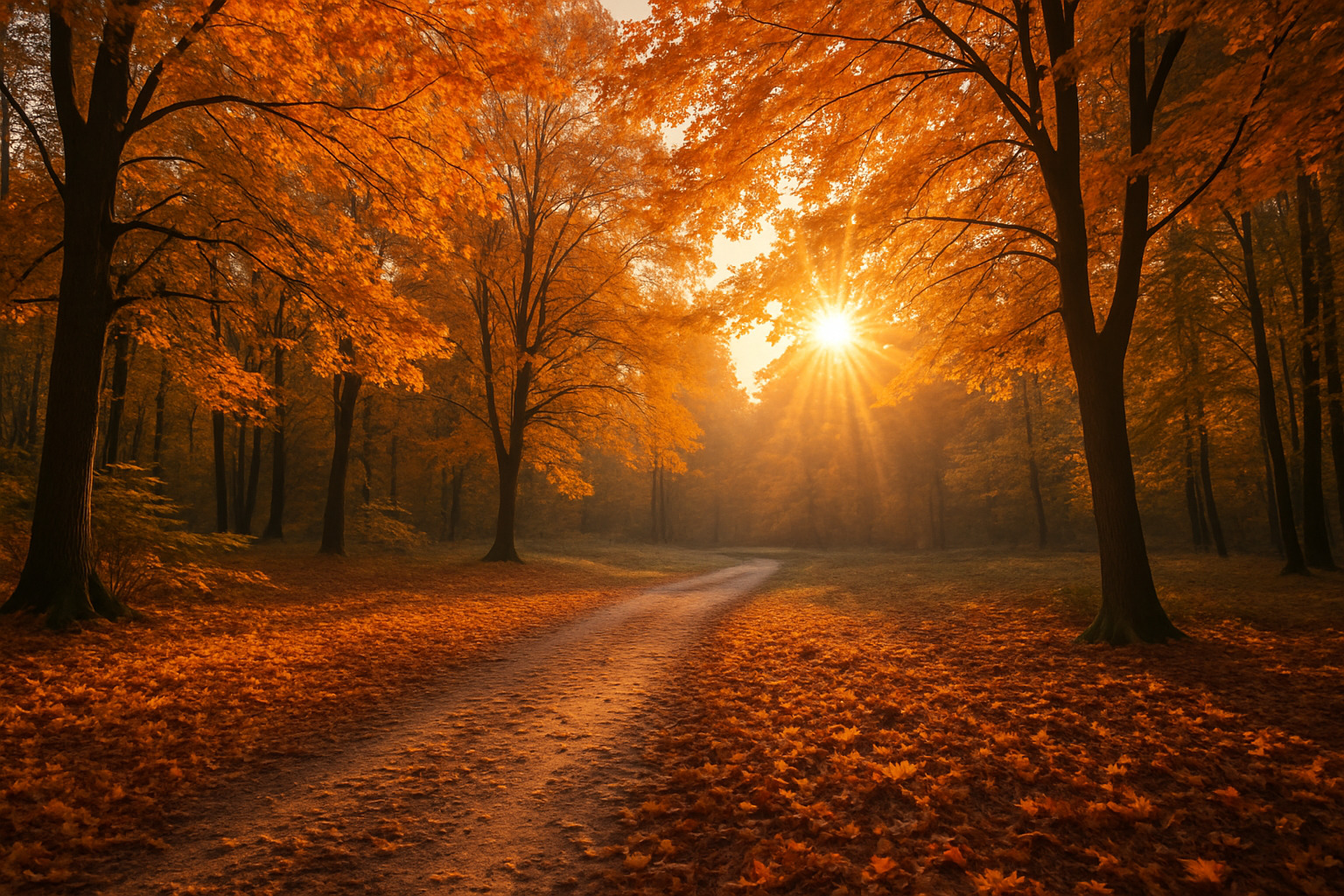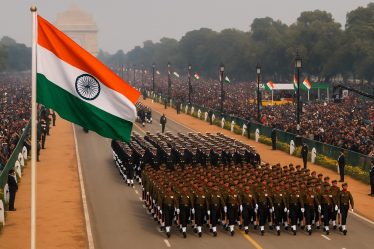
Indian Summer refers to an unusual period of warm, dry, and sunny weather that occurs after the first frost of autumn. This phenomenon often feels like summer has returned for a short while, even though it typically arrives during late autumn. The term is widely used in North America and Europe but is recognized in other regions under different names.
In India, the term “Indian Summer” is not commonly used to describe any local weather pattern. Instead, it refers to the North American and European concept where temperatures rise temporarily after autumn begins, often in October or November.
Key Characteristics of Indian Summer
- Timing: Occurs after the first frost or noticeable cooling in autumn.
- Temperature: A sudden return to warmer, almost summer-like temperatures.
- Duration: Lasts a few days to over a week.
- Conditions: Clear skies, dry air, mild to warm daytime temperatures, and cool nights.
- Seasonal Shift: Happens well after summer has ended, which adds to its surprise factor.
This short-term change stands out because it interrupts the steady cooling trend leading into winter. It’s not a second summer, but a brief pause in the decline of temperature.
Where the Term Comes From
The phrase “Indian Summer” dates back to at least the 18th century in colonial North America. Several theories exist about the origin:
- Native American Hunting Season: It coincided with a time when Native Americans would hunt and harvest in favorable conditions.
- Misinformation and Stereotypes: Some believe the term reflected a Eurocentric misunderstanding of indigenous practices or unreliable seasonal patterns.
- Metaphorical Use: The term also carries figurative meaning today, used to describe late-life flourishing or unexpected calm after difficulty.
The term is now widespread across the UK, Canada, parts of Europe, and Australia, though alternatives exist. For example, Germany uses “Altweibersommer” (Old Women’s Summer), while France uses “l’été indien.”
Does Indian Summer Happen in India?
In India, seasonal patterns differ sharply from temperate zones. Here’s why the concept doesn’t match Indian climate cycles:
- Tropical/Subtropical Climate: India doesn’t experience a frost-based autumn as in North America.
- Seasonal Transitions: The country transitions from monsoon to post-monsoon, then winter—without the cooling-warming shift that defines Indian Summer.
- Hot Pre-Monsoon Months: What some might loosely call “Indian Summer” in India is actually the scorching dry period before the monsoon hits, typically in April to June.
Still, the phrase is sometimes misapplied to refer to any unusually warm spell, especially in cities like Delhi, where post-monsoon heat may linger unexpectedly.
Common Myths About Indian Summer
- It’s Just a Warm Day in Autumn: False. It follows a distinct pattern—cooling, then a warm spike, then cooling again.
- It Happens Every Year: Not guaranteed. It’s an anomaly, not an annual event.
- It’s Unique to the U.S.: No. While coined there, many regions describe similar conditions using different terms.
- It’s Linked to Climate Change: Not directly. It has occurred for centuries, though frequency and intensity may shift over time.
When Does Indian Summer Usually Occur?
- North America: Late September to mid-November
- Europe: Early to mid-October
- Other temperate regions: Varies depending on local climate zones
The timing aligns with the calendar’s shift deeper into autumn, after the growing season ends and trees begin shedding their leaves.
Weather Criteria Used to Define It
Meteorologists don’t agree on one strict definition, but these are common markers:
- A period of at least two to three consecutive warm, dry days
- Occurs after a marked cold spell or frost
- Stable high-pressure system dominates weather patterns
- Calm winds, especially during early mornings
The U.S. National Weather Service has no official threshold but often refers to the pattern in forecasts.
In Summary
Indian Summer is a short-lived weather twist that brings warmth when most expect the chill of autumn. Though it doesn’t directly apply to Indian seasons, it holds cultural and meteorological relevance elsewhere. This weather quirk reminds us that nature rarely sticks to schedules—and that warmth can sometimes return when it’s least expected.


